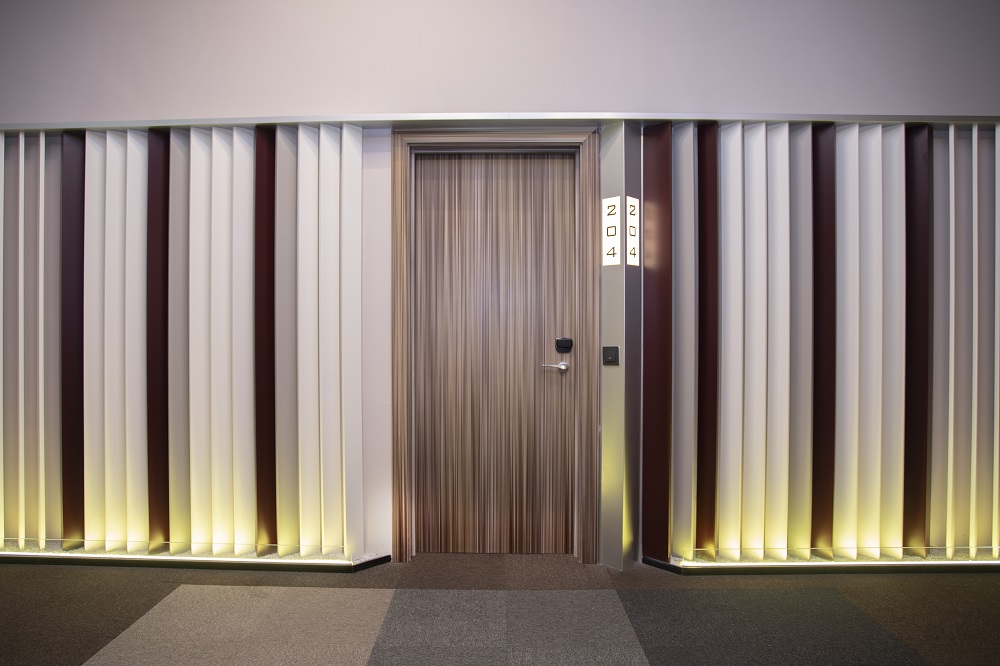- Home
- About BWF Fire Door Alliance
- Fire Door Safety
- Third-Party Certification
- Publications
- News
- Knowledge Centre

Fit for purpose fire doors can mean the difference between life and death in the event of a fire, and when it comes to the places where people live and sleep it is essential that safety is maximised.
For private landlords, third-party certification offers peace of mind that fire doors will perform as stated by the manufacturer, if correctly installed, and provides evidence that regulations have been complied with.
Bodies with enforcement powers, whether this is for the Housing Act, the Building Regulations or the Regulatory Reform (Fire Safety) Order 2005 (FSO), can request evidence that fire doors comply with the legislative requirements. Compliance can be demonstrated through third-party certification, that states the performance of the installed product and the specification of product conforms with the scope of the certification. This specification should be adhered to and only compatible components used, otherwise challenges can arise, and the fire doors might not provide the levels of fire resistance and smoke control that is required of them.
In addition, to adhere to the Homes (Fitness for Human Habitation) Act 2018, landlords are required to ensure that properties are fit for human habitation for the entirety of the tenancy. This means ensuring the property is free of serious hazards, including exposure to uncontrolled fire and associated smoke through the use of fire doors that can hold back the spread of fire and smoke.
By selecting a fire door that has been third-party certified, landlords and residents can have confidence that the fire door will perform as designed in the event of a fire – but it is important to be aware that correct installation and maintenance are crucial to ensuring this.
The performance requirements of fire doors and their locations within a building are stated in national Building Regulations. Schedule 1 of the Building Regulations that apply to England and Wales lists the various requirements and is divided into parts, with Part B covering fire safety. Each part has an associated Approved Document that provides guidance on how to achieve the requirements.
All fire doors must have the appropriate proof of performance for the ratings they carry. This proof is obtained by subjecting the door to testing to BS 476-22 or to the European equivalent BS EN 1634-1. The door is tested as a complete assembly and can only be assured to replicate the performance if the tested design uses the correct compatible components, including door frames, seals and essential ironmongery.
For more information on fire door and doorset third-party certification, find your closest supplier.